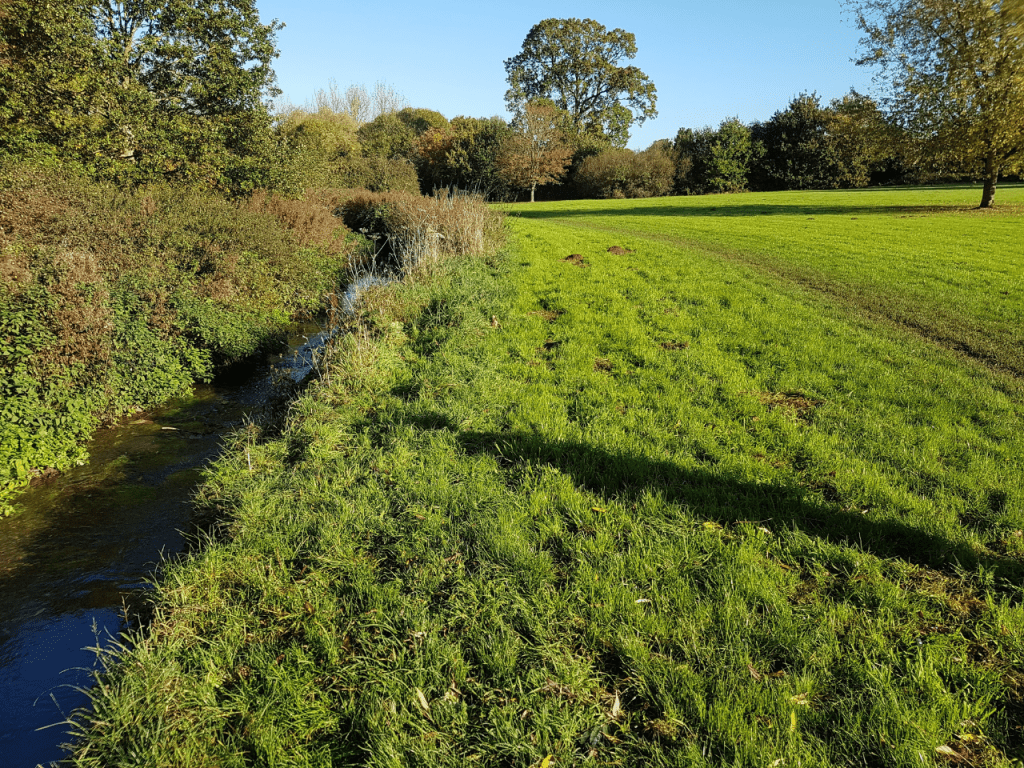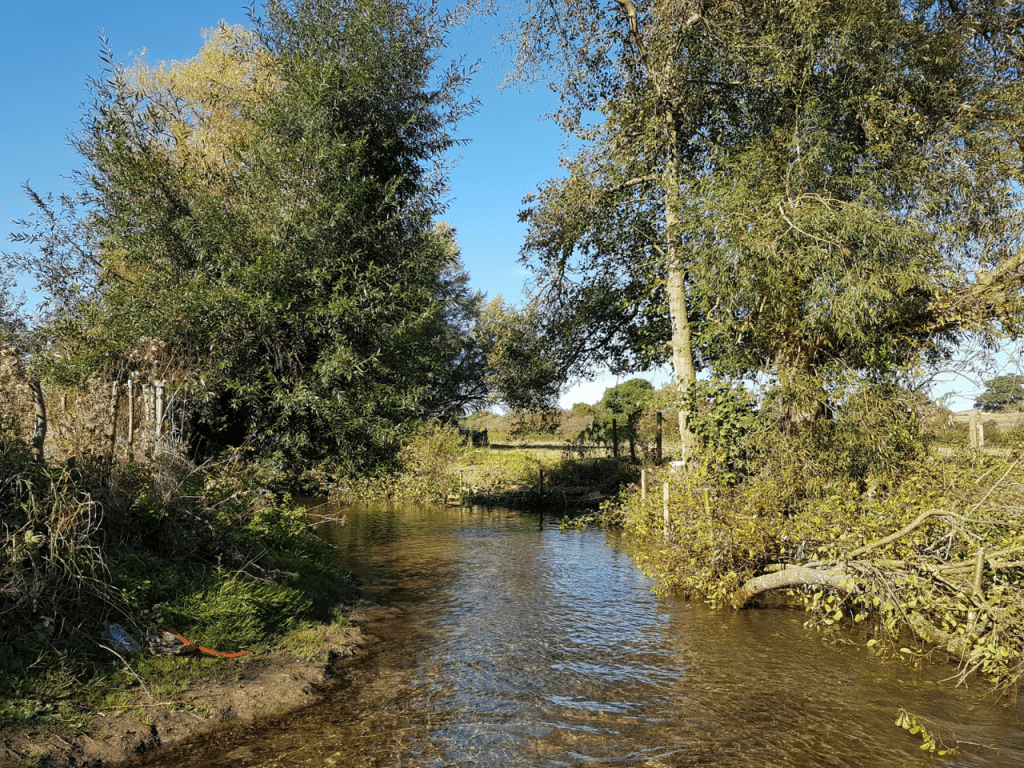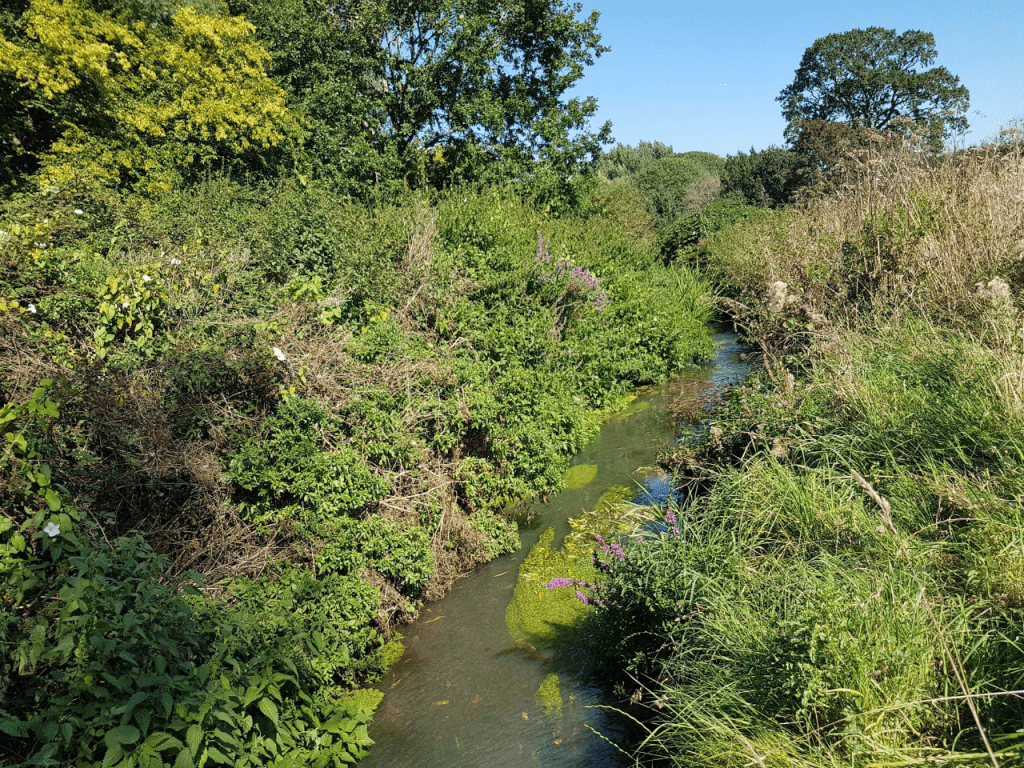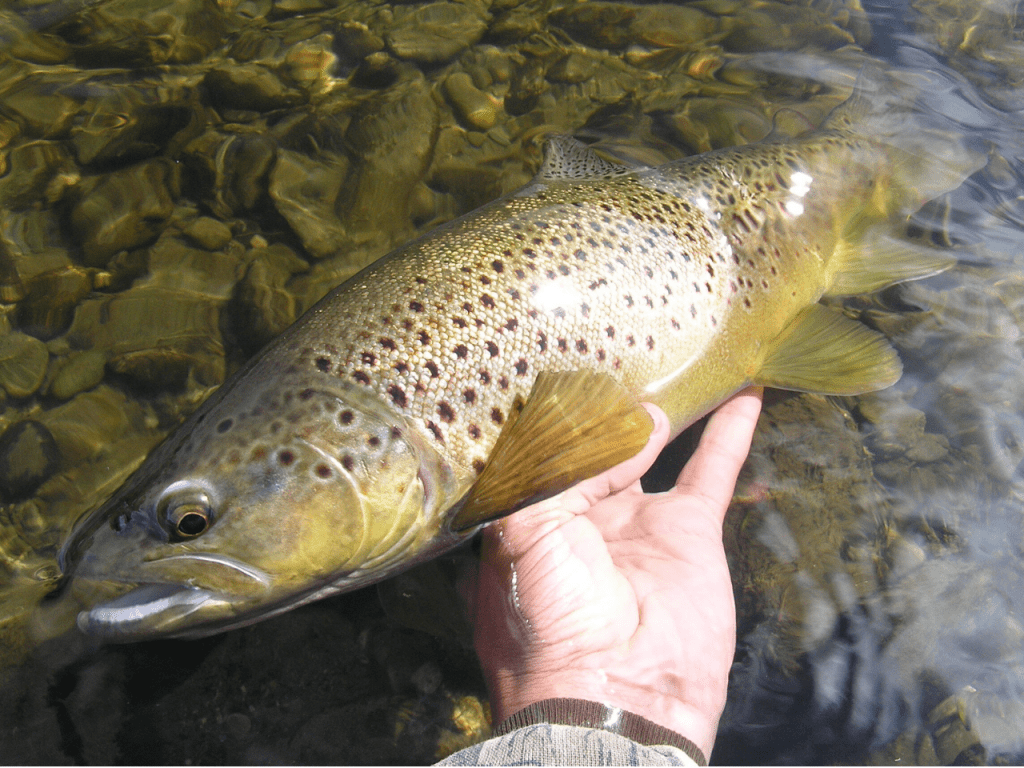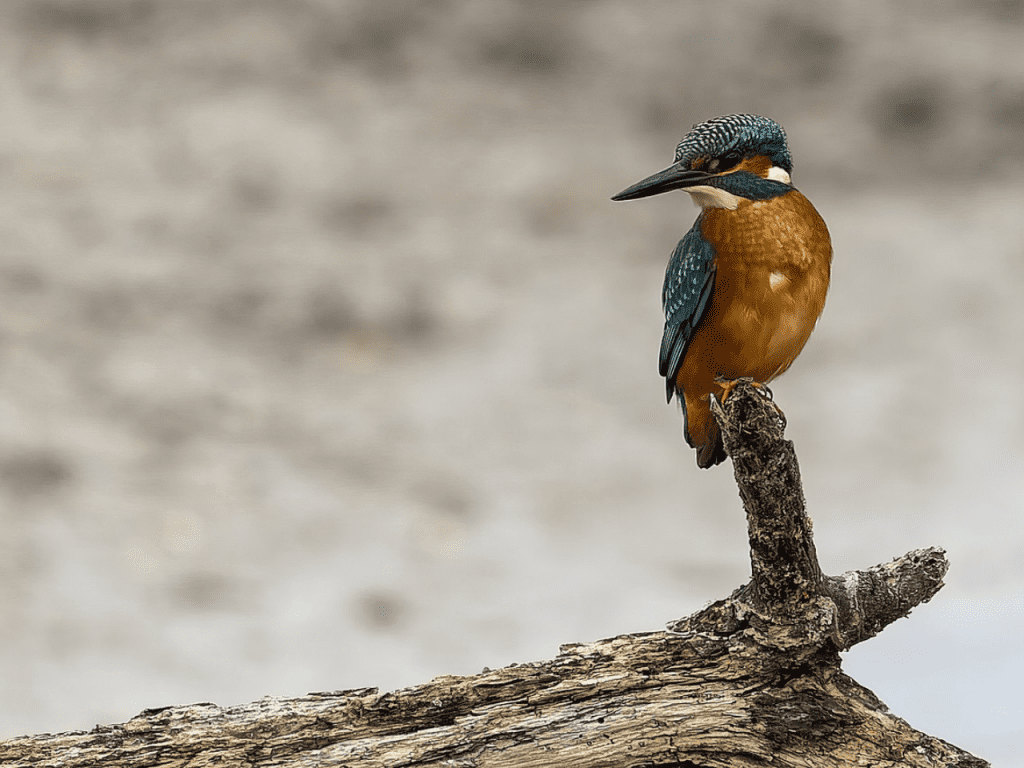River Loddon
The River Loddon and the surrounding area is incredibly diverse including both wildlife-rich chalk streams as well as broad, lowland river valleys.

About the river
The River Loddon rises at Basingstoke and travels north until it reaches the Thames just west of Wargrave. It is joined by many tributaries, the largest being the Blackwater which rises in Aldershot. Other significant tributaries include the Lyde, Whitewater, Hart and Bow Brook.
The catchment (area of land) that feeds the River Loddon totals 680 km2 and covers parts of Hampshire, Surrey and Berkshire. Most of the catchment is rural but also includes the main urban centres of Basingstoke, Aldershot, Farnborough, Fleet, Bracknell, Wokingham and the outskirts of Reading.
The Catchment Partnership is hosted by the South East Rivers Trust. The latest catchment plans, outlining the full issues the area is facing and the plans to address them, can be found on the storymap.
What makes it special?
The upper reaches of the Loddon and its tributaries the Lyde and Whitewater are chalk streams. This is a rare type of habitat with only 210 found worldwide, supporting a unique mix of plants and animals.
There are also a number of wildlife-rich sites along the river including Loddon Nature Reserve and Dinton Pastures Country Park. A stretch of the Loddon near Stanford End Mill, together with the adjacent hay meadows, has been designated as a Site of Special Scientific Interest (SSSI).
There is a range of fish species present in the river including barbel, chub, dace, perch, bream and brown trout.
Issues
How Healthy is the Loddon?
The latest plans for the river network can be found on the Storymap, detailing the issues faced for the watercourses and how the Catchment Partnership is addressing them.
Click to find out more